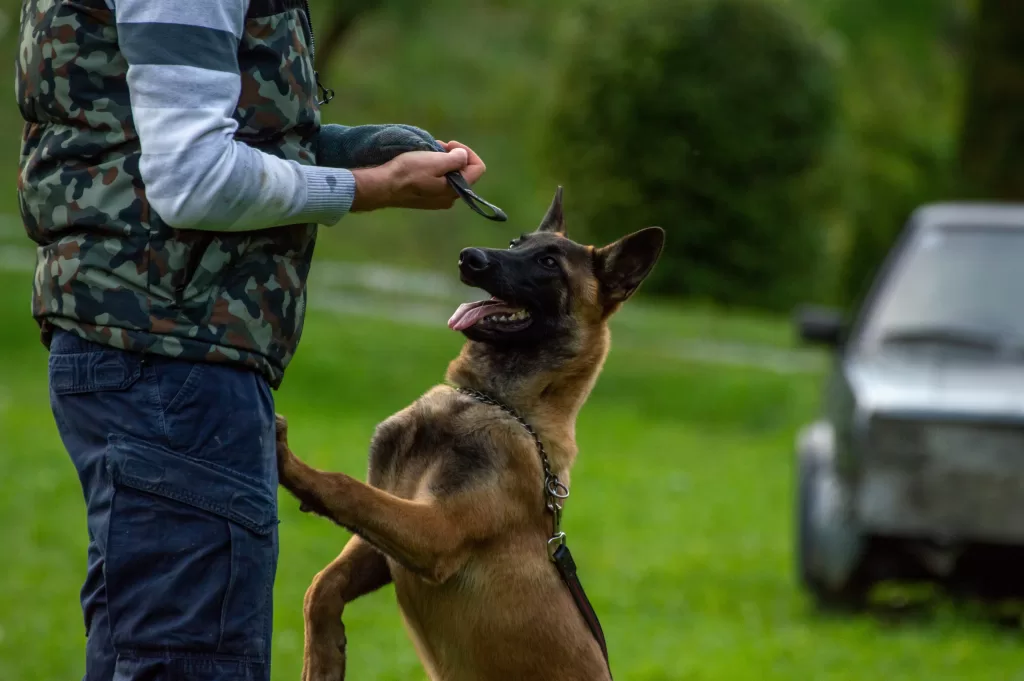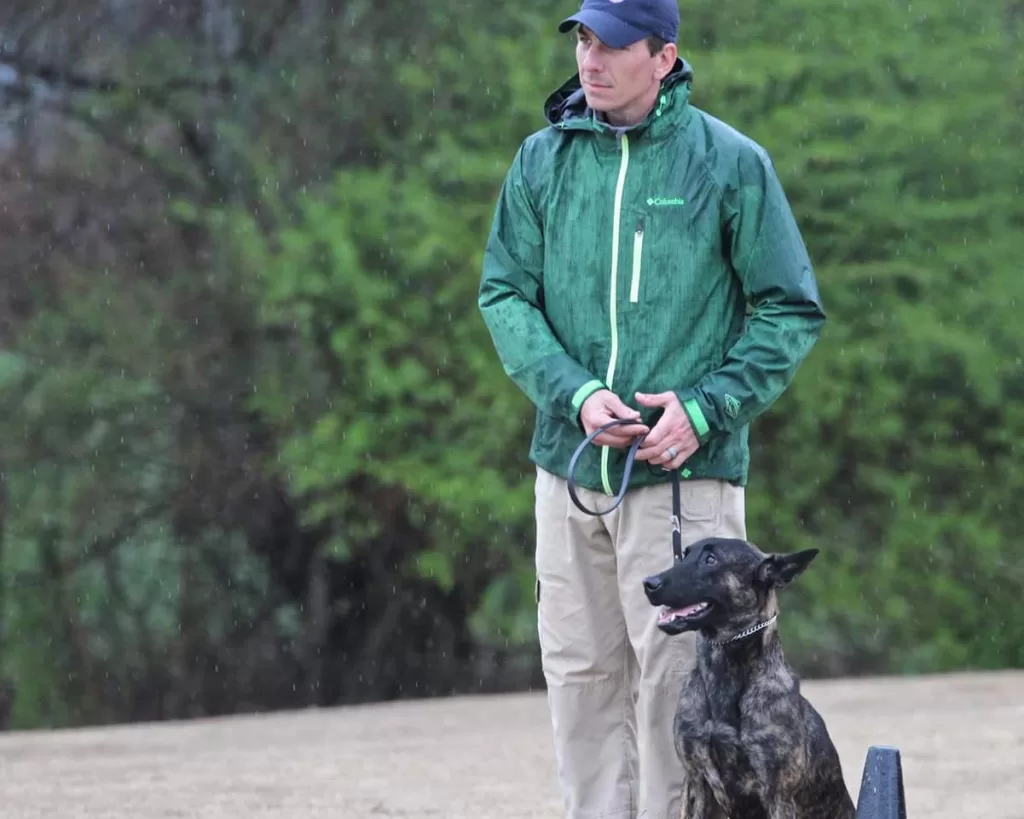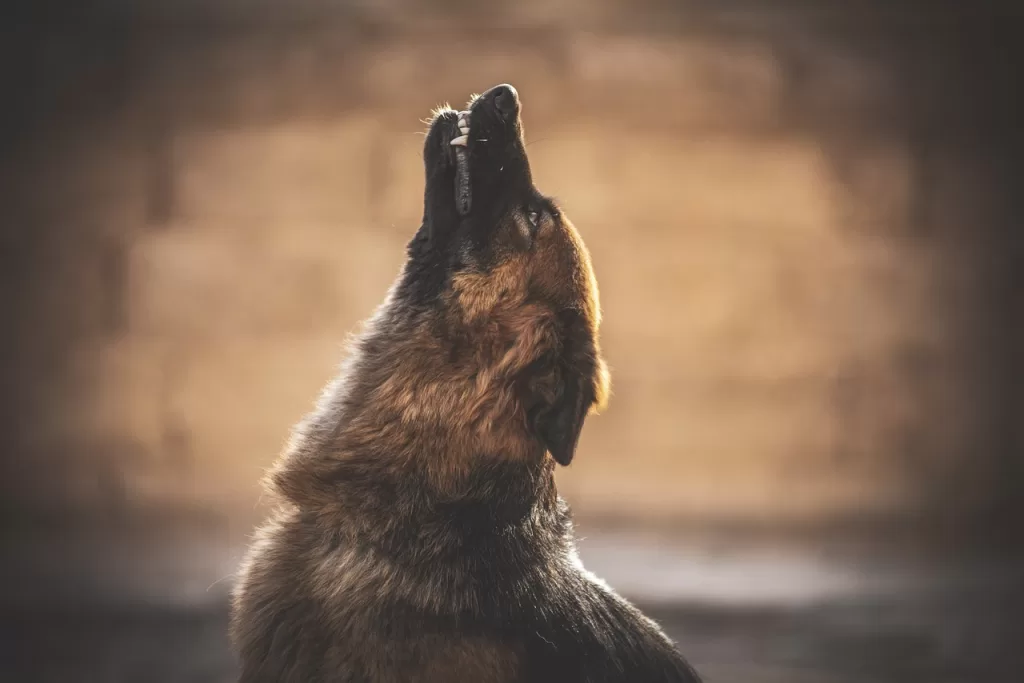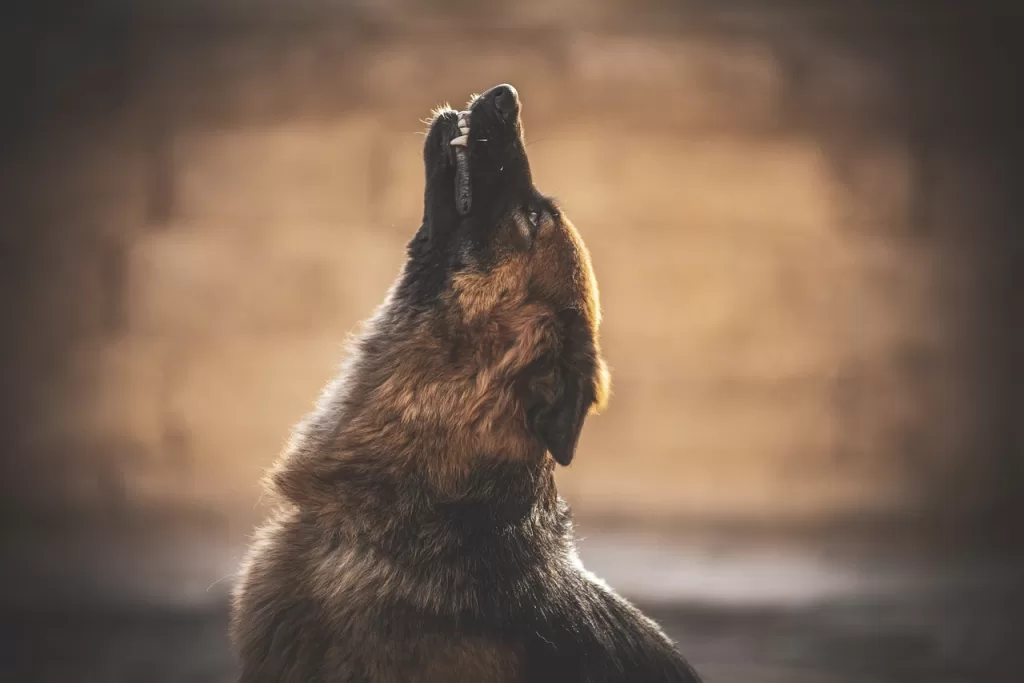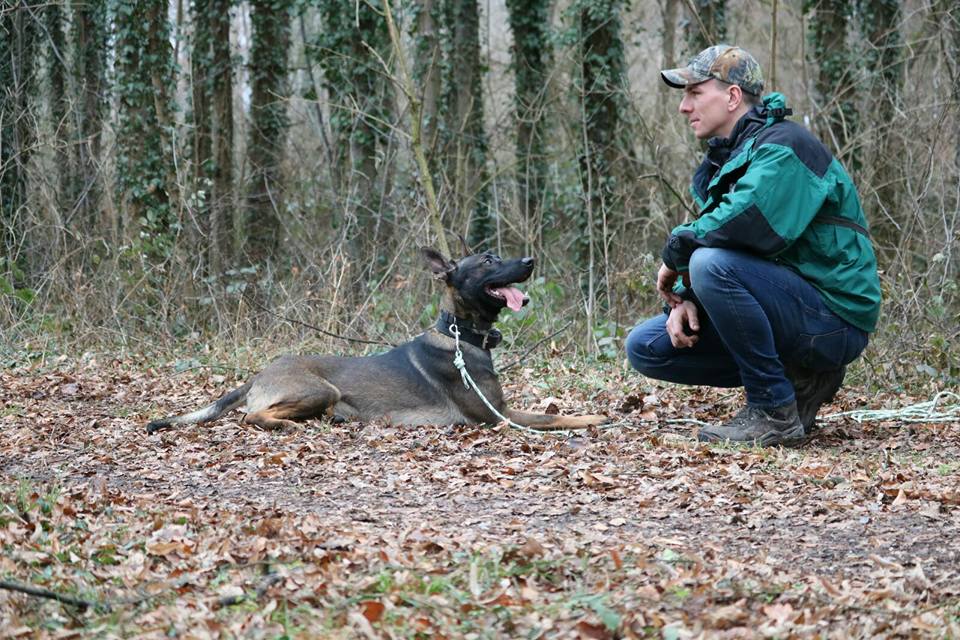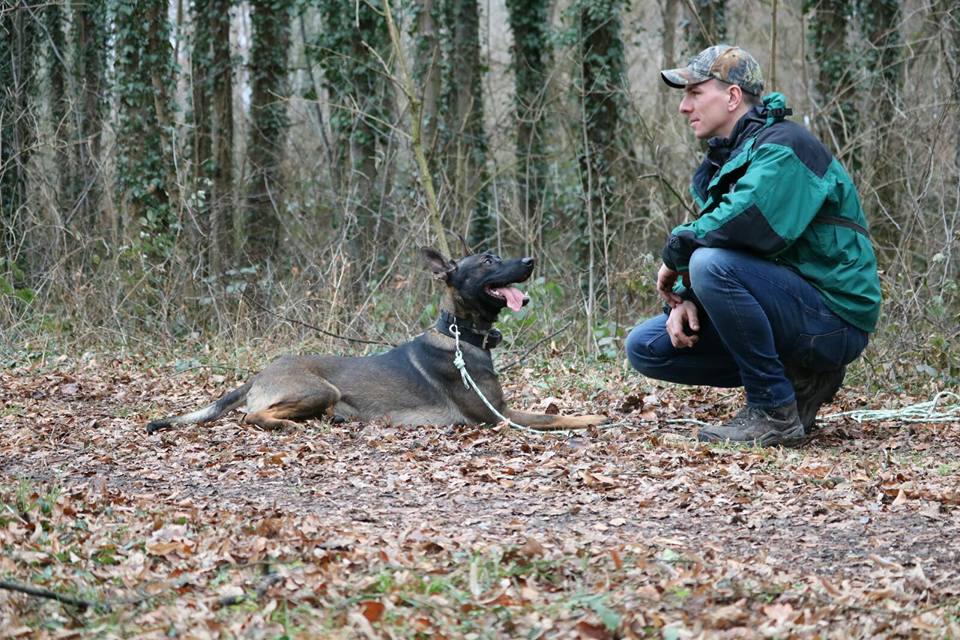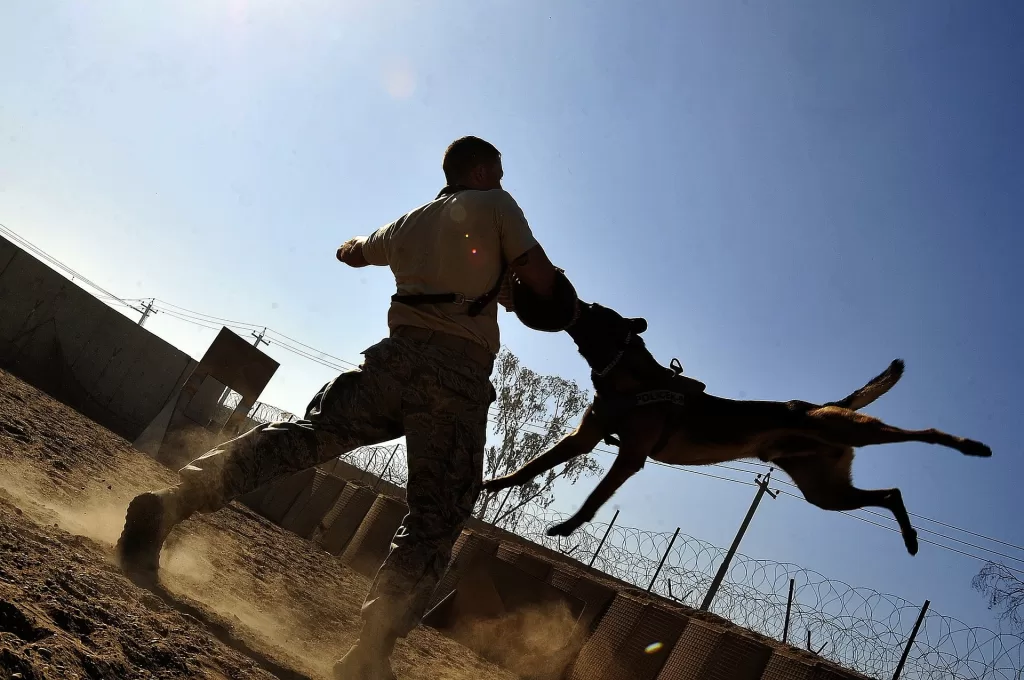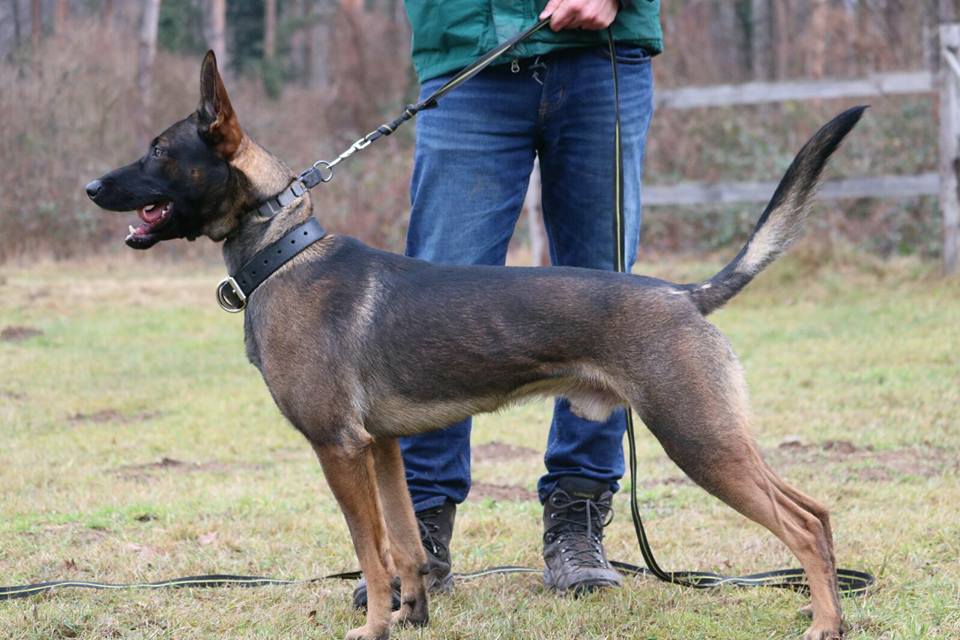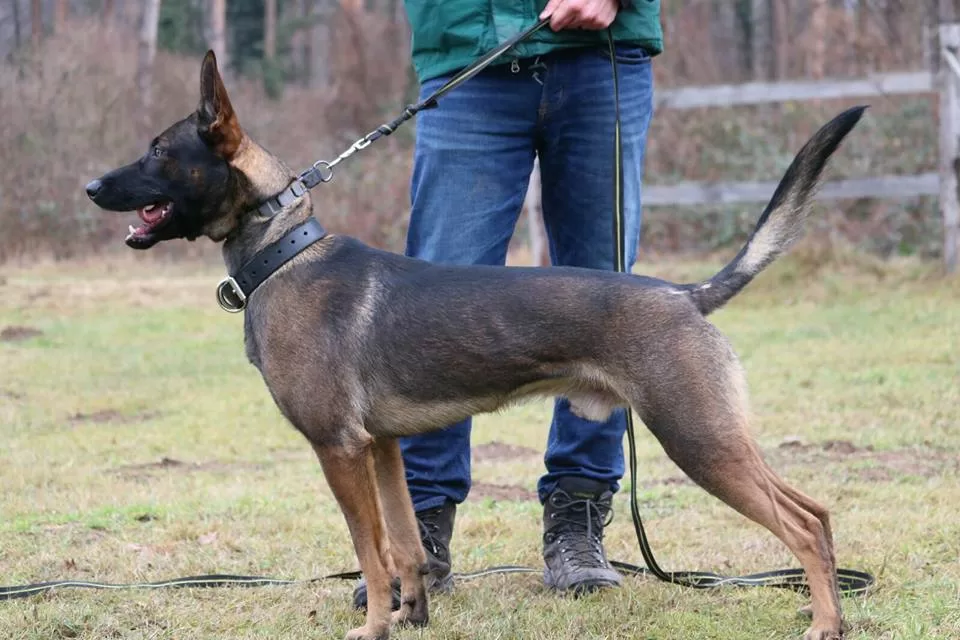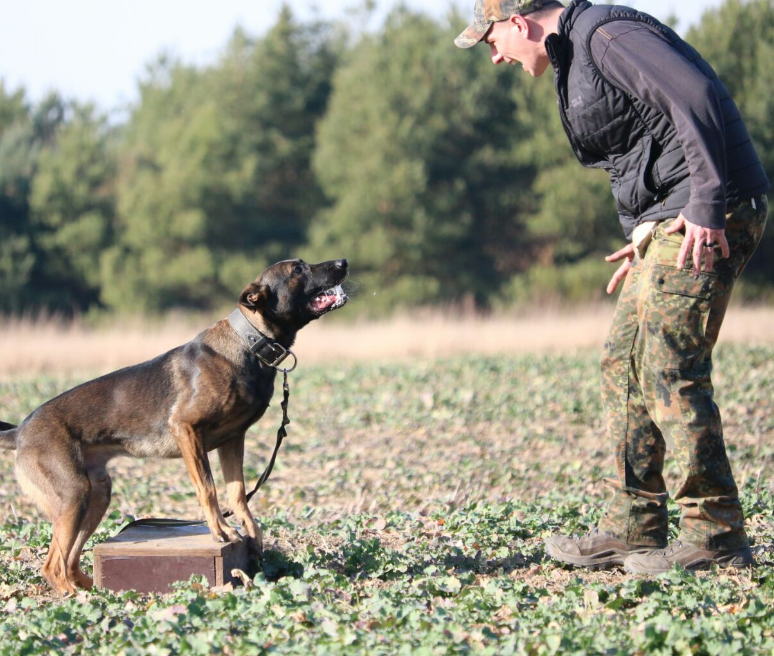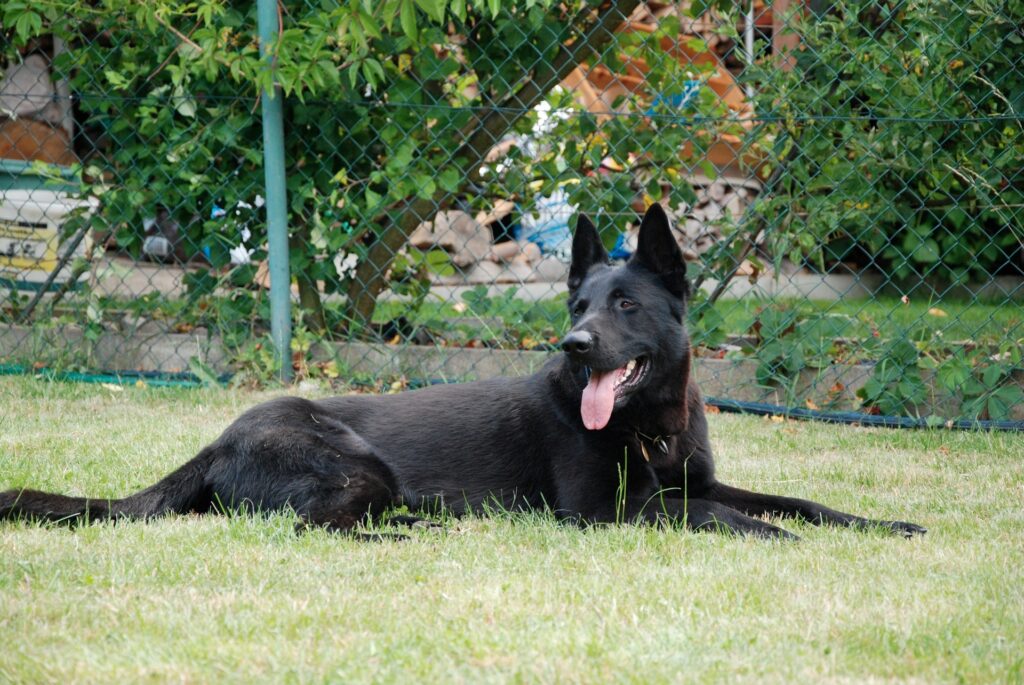The Benefits of Agility Training for Dogs
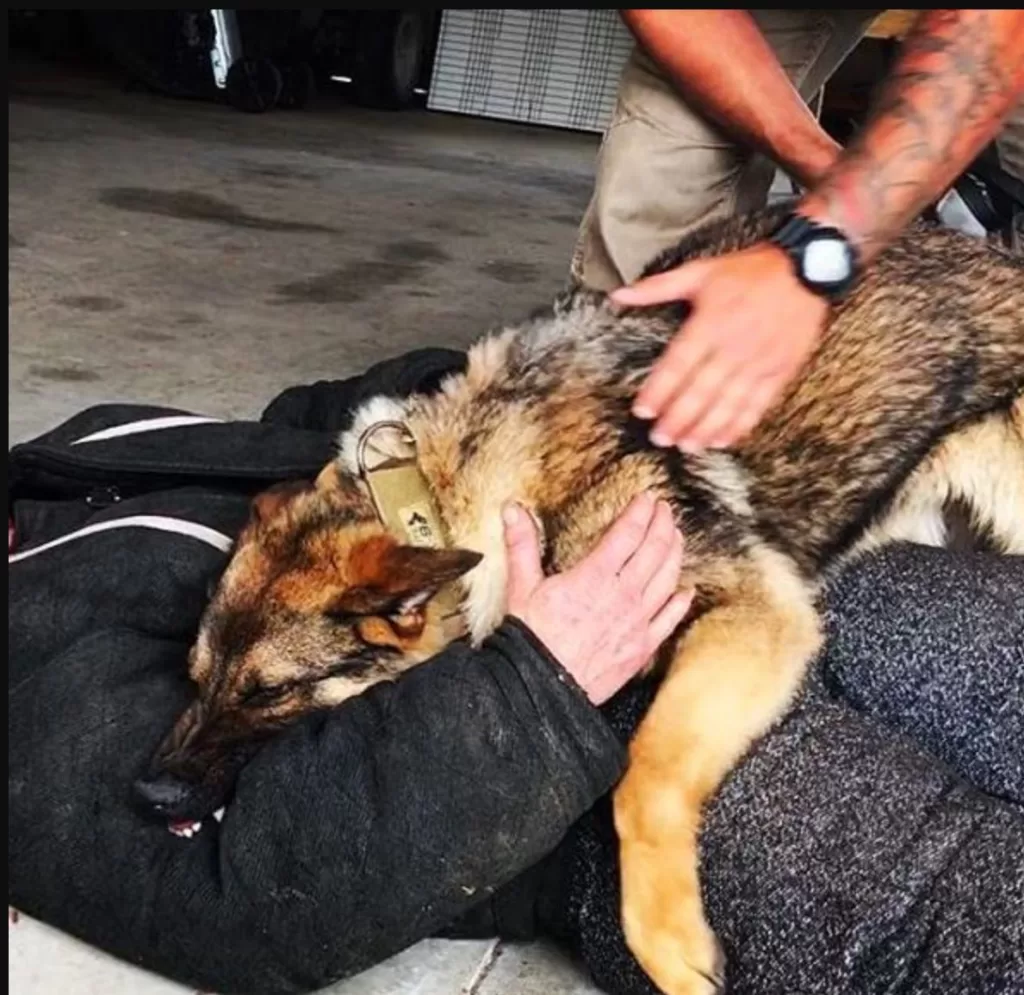
Introduction:
Agility training is a popular dog sport that involves navigating an obstacle course consisting of jumps, tunnels, weave poles, and other challenges. Beyond being a fun and exciting activity, agility training offers numerous benefits for both you and your dog. In this blog post, we will explore the advantages of agility training and how it can contribute to your dog’s physical fitness, mental stimulation, obedience, and the overall bond you share.
Physical Fitness:
Agility training provides an excellent form of physical exercise for dogs of all breeds and sizes. The various obstacles in the agility course require your dog to run, jump, climb, and weave, engaging different muscle groups and promoting overall fitness. Regular agility training sessions can help improve your dog’s strength, endurance, balance, and coordination. The high-energy nature of agility also aids in weight management and contributes to a healthier lifestyle for your furry friend.
Mental Stimulation:
In addition to physical exercise, agility training offers valuable mental stimulation for dogs. The obstacle course requires dogs to think quickly and problem-solve as they navigate through the challenges. They must follow cues, make split-second decisions, and maintain focus on the handler’s instructions. The mental challenges of agility training can help prevent boredom, alleviate destructive behaviors, and promote mental sharpness in your dog.
Obedience and Focus:
Agility training is an excellent way to enhance your dog’s obedience and focus. Dogs participating in agility must learn to follow commands, respond to cues, and work closely with their handler. Through consistent training and reinforcement, dogs develop better impulse control, attention, and responsiveness to their handler’s instructions. This improved obedience and focus not only benefit them during agility training but also in other areas of their life, such as everyday walks and interactions with people and other animals.
Bonding and Communication:
Agility training provides a unique opportunity for you and your dog to strengthen your bond and enhance communication. The teamwork required in agility fosters a deeper connection between you and your dog. As you navigate the course together, you learn to anticipate each other’s movements, understand non-verbal cues, and trust one another. The shared experiences and successes in agility training build a stronger bond based on trust, respect, and mutual understanding.
Confidence Building:
Engaging in agility training can boost your dog’s confidence levels. As they successfully conquer each obstacle and complete the course, they gain a sense of achievement and self-assurance. Over time, dogs become more confident in their abilities, which can positively impact their behavior and overall demeanor. Confidence gained through agility training can also help shy or anxious dogs build resilience and overcome their fears.
Socialization Opportunities:
Agility training provides an environment for your dog to socialize and interact with other dogs and handlers. Group classes or competitions allow dogs to observe and learn from their peers, enhancing their social skills. Additionally, agility events bring together like-minded dog owners, creating a supportive community where you can connect with others who share your passion for training and working with dogs.
Fun and Enrichment:
One of the greatest benefits of agility training is the sheer enjoyment it brings to both you and your dog. The dynamic and interactive nature of agility creates a positive and stimulating experience for your furry friend. The excitement of tackling obstacles, the thrill of mastering new skills, and the joy of working together as a team make agility training a rewarding and fun activity for both of you.
Versatility and Adaptability:
Agility training is a versatile sport that can be adapted to accommodate dogs of various ages, sizes, and abilities. The obstacles and course layouts can be modified to suit your dog’s individual needs and capabilities. Whether you have a young and energetic dog or a senior dog looking for low-impact exercise, agility training can be adjusted to provide appropriate challenges and enjoyment for every canine participant.
Competitive Opportunities:
For those interested in taking agility training to the next level, there are competitive opportunities available. Agility competitions allow dogs to showcase their skills, speed, and precision while competing against other dogs in their class. Participating in competitions can be a thrilling experience, providing goals to work towards and a sense of accomplishment when you see your dog perform at their benefits best.
Improved Problem-Solving Skills:
Agility training challenges dogs to navigate through complex courses, requiring them to make quick decisions and problem-solve in real-time. This enhances their cognitive abilities, decision-making skills, and problem-solving capabilities. Dogs learn to analyze their surroundings, assess the best route, and make split-second choices to overcome obstacles. These problem-solving skills can translate to everyday situations, making your dog more adaptable and resilient.
Conclusion:
Agility training offers numerous benefits for dogs and their owners. From physical fitness and mental stimulation to improved obedience, focus, and bonding, agility training benefits enrich the lives of both you and your furry companion. Whether you engage in agility for fun or pursue competitive opportunities, the journey of training and working together strengthens your relationship and brings joy and fulfillment to your shared experiences. Consider introducing agility training to your dog and witness the transformative effects it can have on their overall well-being.
The Benefits of Agility Training for Dogs Read More »

